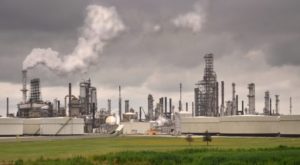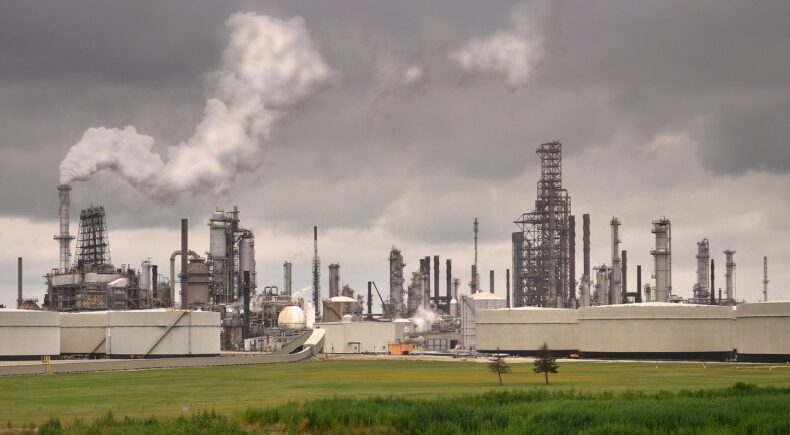South Australian government is ready to build a 250 MW hydrogen electrolyzer, which will be 10 times bigger than its counterparts. Sam Crafter, the CEO of the Office of Hydrogen Power in South Australia, will lead the project.
South Australia has made impressive strides in decarbonization, on the back of its huge solar and wind potential – to the point where nearly 70% of all its electricity is renewably generated. It’s expected to cross the 100% threshold well before the scheduled date of 2030, and back in 2021, this state, with its population of 1.7 million people, met 100% of its operational demand from renewables alone on 180 days of the year.

Indeed, it’s also been among the first places in the world to face the issue of over-generation, when a storm late last year brought down a long-distance power line used to export excess renewable energy to the neighboring state of Victoria. The Australian Energy Market Operator had to scramble to switch off a lot of the state’s remote-controllable solar resources, and even ask consumers to switch on as many high-powered electrical devices as they could, just to keep energy levels in the grid under control.
By working with Tesla and Neoen to build the world’s first grid-level big battery plant back in 2017, the state established itself as a world leader in grid-level energy storage as well as renewable generation, and it’s approved several other large-scale energy storage projects in the form of bigger batteries and pumped hydro projects on the back of the first battery facility’s success.
But its new project takes an even bigger leap into the unknown, with a far less obvious financial payoff. In the absence of businesses willing to take the lead, the South Australian State Government is set to fully bankroll an AU$600 million (US$415 million) hydrogen power plant near Whyalla, hoping to have it up and running by 2025.
This plant will absorb excess renewable energy from the grid, and run it through an enormous 250-MW electrolysis facility – 10 times larger than any operational electrolysis facility in the world today – producing large amounts of hydrogen, which will be stored on-site. Then, when renewable energy drops off in the evenings, or through the winter, it’ll run that hydrogen back through a 200-MW generator facility and put energy back in the grid – either by burning it to drive steam turbines or by converting it back to electricity through a huge fuel cell stack.
According to newatlas















